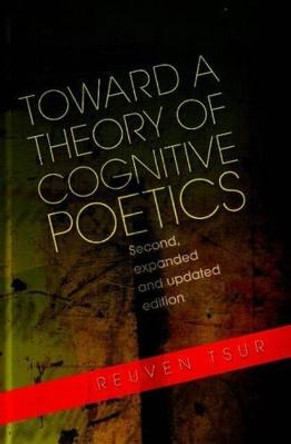Description
Research in recent decades has established two distinct types of aural perception: a nonspeech mode, in which the acoustic signals are received in the manner of musical sounds or natural noises; and a speech mode, in which acoustic signals are excluded from awareness and only an abstract phonetic category is perceived. Here, Tsur proposes a third type of speech perception, a poetic mode in which some part of the acoustic signal becomes accessible, however faintly, to consciousness.
Using Roman Jakobson's model of childhood acquisition of the phonological system, Tsur shows how the nonreferential babbling sounds made by infants form a basis for aesthetic valuation of language. He tests the intersubjective and intercultural validity of various spatial and tactile metaphors for certain sounds. Illustrating his insights with reference to particular literary texts, Tsur considers the relative merits of cognitive and psychoanalytic approaches to the emotional symbolism of speech sounds.
An investigation into the expressive effect of sound patterns
Reviews
"[This] study manages to bring an interdisciplinary breadth and rhetorical clarity to some of the mysteries surrounding the emotional and perceptual coloring of poetic sound-symbolism." Virginia Quarterly Review
Book Information
ISBN 9780822311706
Author Reuven Tsur
Format Paperback
Page Count 188
Imprint Duke University Press
Publisher Duke University Press
Weight(grams) 363g


![What Makes Sound Patterns Expressive?: The Poetic Mode of Speech Perception by Reuven Tsur 9780822311645 [USED COPY] What Makes Sound Patterns Expressive?: The Poetic Mode of Speech Perception by Reuven Tsur 9780822311645 [USED COPY]](https://cdn11.bigcommerce.com/s-zkx5lhzlf8/images/stencil/444x444/products/5031451/5030667/9780822311645__25897.1722858635.jpg?c=1)





